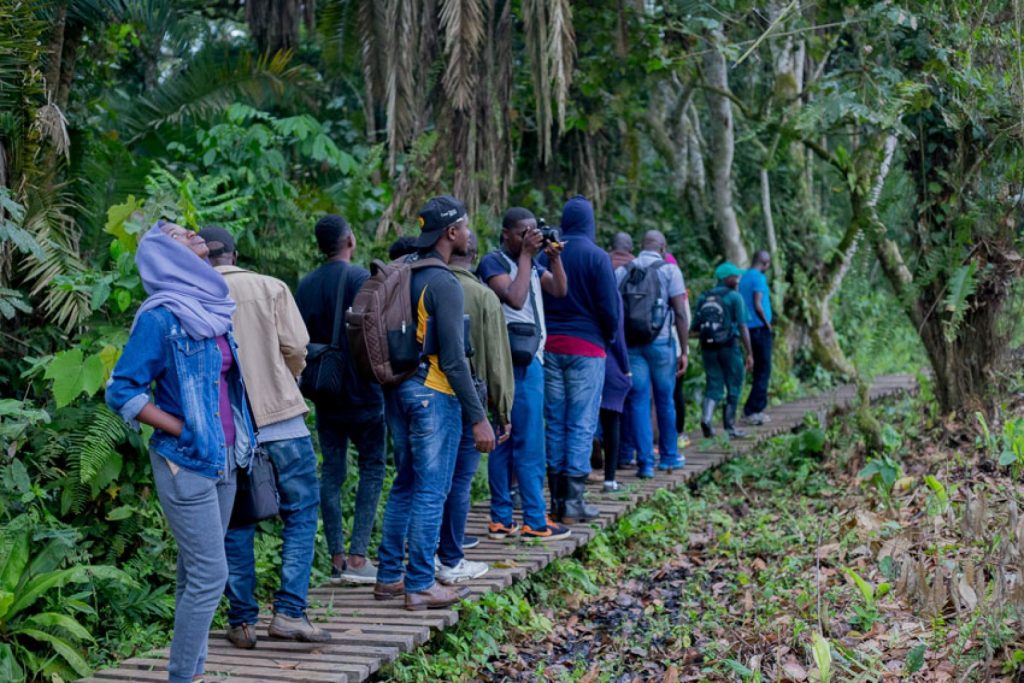Exploring the Wilderness Step by Step: The Intricacies and Delights of Walking Safaris in East Africa
Walking safaris in East Africa open the door to a world of exploration that transcends the boundaries of traditional safaris. The experience is a symphony of sights, sounds, and sensations that form an unforgettable connection with the natural world. From tracking wildlife and interpreting animal behaviors to engaging with local communities, walking safaris offer a holistic and immersive journey. By treading lightly, travelers not only witness the beauty of East Africa's landscapes but also actively contribute to the conservation of its precious ecosystems and the preservation of its cultural heritage.
The enchanting landscapes of East Africa have captivated the hearts of travelers for generations. Beyond the well-trodden paths of traditional game drives, a more intimate and immersive experience awaits those who embark on walking safaris. These unique journeys on foot offer a profound connection with the natural world, allowing adventurers to engage with the region's diverse ecosystems, wildlife through gorilla trekking experiences, and cultures like the Masai in Kenya in ways that traditional safaris often cannot replicate.
1. The Essence of Walking Safaris:
Walking safaris are a celebration of slowness, an opportunity to experience the environment at a human pace. Rather than speeding through the landscapes in vehicles, travelers have the chance to walk through various terrains, from savannas and grasslands to forests and riverbanks. This pace encourages a deeper connection to the surroundings, enabling travelers to notice intricate details that might be missed from a vehicle.
2. Intimate Wildlife Encounters:
One of the most enticing aspects of walking safaris is the potential for up-close wildlife encounters. Accompanied by experienced guides, participants can approach animals with respect, mindfulness, and minimal disturbance. This can lead to remarkable sightings of both larger and smaller creatures, from majestic elephants and graceful antelopes to elusive birds and insects. Tracking animal footprints, deciphering their behaviors, and observing the signs of their presence create an immersive experience that transcends conventional safaris.
3. Knowledgeable Local Guides:
Guides play a pivotal role in the success of walking safaris. Often drawn from local communities, these guides possess an intimate knowledge of the environment, having grown up in the region. Their expertise in identifying animal tracks, reading signs, and interpreting the intricate web of life adds depth to the experience. Their storytelling and insights into the local flora, fauna, and cultural heritage offer travelers a comprehensive understanding of the ecosystem and its interconnections.
4. Connection to Culture and Communities:
Walking safaris also provide an avenue for cultural immersion and interaction with local communities. Passing through villages and meeting with indigenous people allows travelers to gain insights into their way of life, traditions, and relationship with the land. Engaging in conversations and participating in community activities enriches the safari experience, fostering cross-cultural understanding and appreciation.
5. A Sustainable Approach:
Walking safaris align with sustainable tourism practices by minimizing the ecological impact on the environment. Unlike vehicles, which can contribute to soil erosion and disturb wildlife, walking is a low-impact activity. It ensures that fragile ecosystems remain unharmed and helps to protect habitats and wildlife. This form of eco-friendly travel supports conservation efforts and promotes the well-being of the communities that rely on these environments.
6. Safety and Responsible Tourism:
Safety is paramount on walking safaris, and thorough preparations are made to ensure the well-being of participants. Guides undergo rigorous training and have a comprehensive understanding of animal behavior, routes, and emergency procedures. Safety measures such as group size limitations, use of experienced armed scouts in certain areas, and adherence to strict protocols mitigate potential risks and ensure a secure experience for all.

















